The Automotive Dealership Market is currently characterized by a dynamic competitive landscape, driven by factors such as technological advancements, evolving consumer preferences, and a growing emphasis on sustainability. Major players like AutoNation (US), Penske Automotive Group (US), and Lithia Motors (US) are strategically positioning themselves through digital transformation and regional expansion. AutoNation (US), for instance, has been focusing on enhancing its online sales platform, which appears to be a response to the increasing consumer demand for digital purchasing options. Meanwhile, Penske Automotive Group (US) has been expanding its footprint in the luxury vehicle segment, indicating a strategic shift towards higher-margin products. Collectively, these strategies suggest a competitive environment that is increasingly influenced by innovation and customer-centric approaches.
In terms of business tactics, companies are localizing their operations and optimizing supply chains to enhance efficiency and responsiveness. The market structure is moderately fragmented, with a mix of large, established players and smaller dealerships. This fragmentation allows for diverse consumer choices but also intensifies competition among key players, who are vying for market share through differentiated offerings and improved customer experiences.
In August 2025, Lithia Motors (US) announced a strategic partnership with a leading electric vehicle manufacturer to enhance its EV offerings. This move is significant as it positions Lithia Motors (US) to capitalize on the growing demand for electric vehicles, aligning with broader industry trends towards sustainability. By integrating EVs into its inventory, Lithia Motors (US) not only diversifies its product range but also strengthens its market position in a rapidly evolving automotive landscape.
In September 2025, AutoNation (US) launched a new initiative aimed at improving customer engagement through advanced data analytics. This initiative is crucial as it leverages customer data to personalize the buying experience, potentially increasing customer loyalty and retention. By focusing on data-driven strategies, AutoNation (US) is likely to enhance its competitive edge in a market where consumer preferences are shifting towards more tailored experiences.
In October 2025, Penske Automotive Group (US) revealed plans to invest in a state-of-the-art digital retail platform designed to streamline the purchasing process for consumers. This investment reflects a broader trend towards digitalization in the automotive sector, where convenience and efficiency are paramount. By enhancing its digital capabilities, Penske Automotive Group (US) is positioning itself to meet the demands of a tech-savvy consumer base, thereby reinforcing its competitive stance.
As of October 2025, the Automotive Dealership Market is witnessing significant trends such as digitalization, sustainability, and the integration of artificial intelligence. Strategic alliances among key players are shaping the competitive landscape, fostering innovation and collaboration. Looking ahead, it is anticipated that competitive differentiation will increasingly hinge on technological advancements and supply chain reliability, rather than solely on price. This shift underscores the importance of innovation and adaptability in navigating the complexities of the modern automotive market.


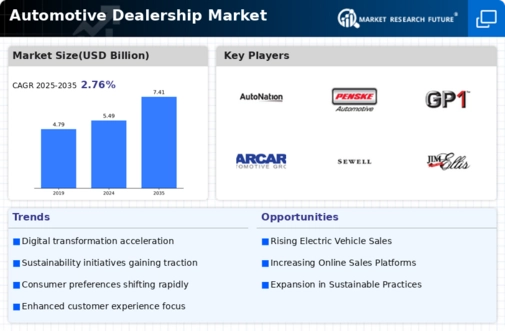

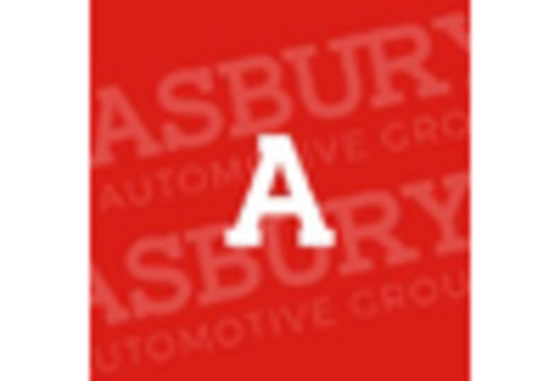

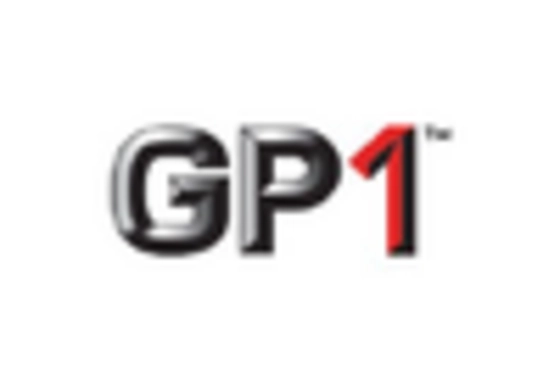
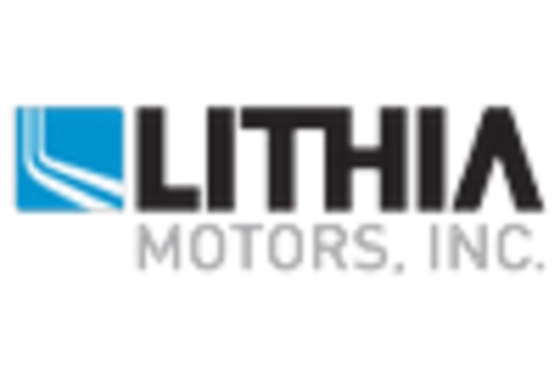

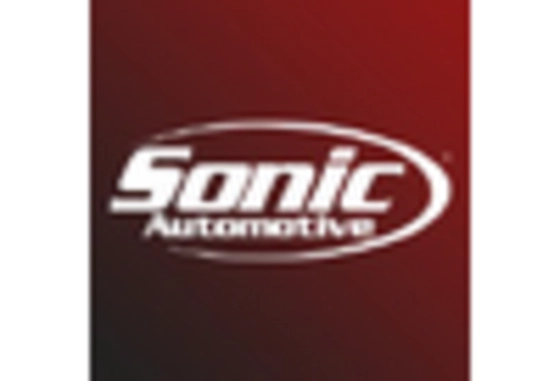








Leave a Comment